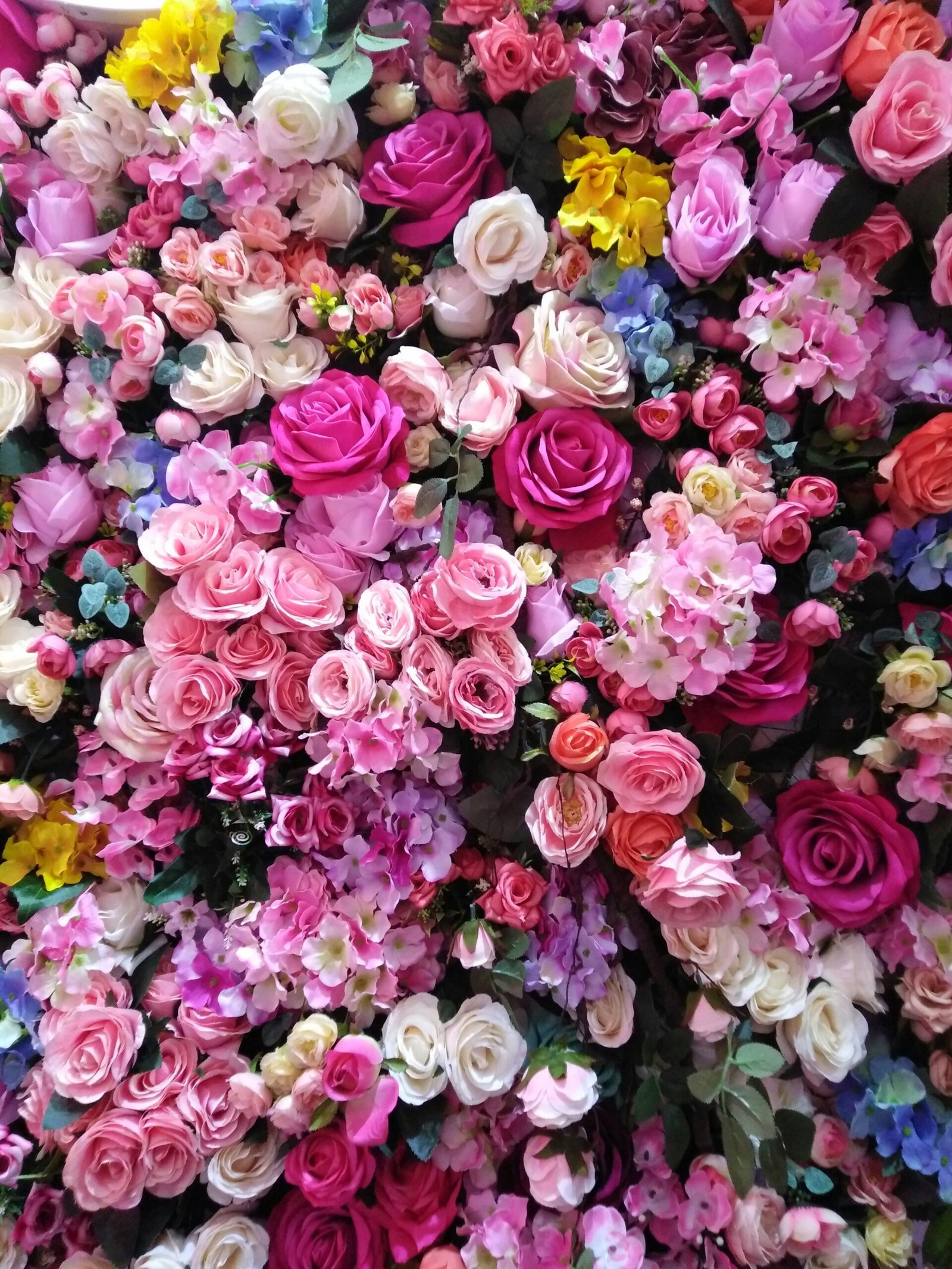The Art and History of Floral Design
The art of floral design has a rich and varied history that dates back to ancient civilizations. From the elaborate garlands of ancient Egypt, where flowers were used to honor the gods and adorn the dead, to the intricate ikebana of Japan, which emphasizes harmony and balance, floral arrangements have always played a significant role in human culture. In Greece and Rome, flowers were integral to festivals, rituals, and daily life, often symbolizing different deities or virtues.
In medieval Europe, floral design took on a more symbolic and religious tone, with flowers like lilies representing purity and roses symbolizing love and passion. The Renaissance period saw a resurgence of interest in the natural world, leading to more elaborate and naturalistic floral arrangements. This era also marked the beginning of the formal study of botany, which would later influence floral design principles.
As we move into the modern era, the influence of different cultures on floral design becomes even more pronounced. The Victorian era in England, for instance, popularized the language of flowers or floriography, where specific flowers conveyed specific messages. This tradition has had a lasting impact on the symbolic meanings we associate with various flowers today.
Technological advancements have also significantly impacted floral design. The invention of refrigeration and rapid transport has made it possible to use a wider variety of flowers from around the world, regardless of season. Modern design principles, emphasizing minimalism and sustainability, have further evolved the aesthetics and techniques of floral arrangements. Contemporary floral designers often blend traditional elements with innovative practices, creating arrangements that are both timeless and cutting-edge.
In conclusion, the art and history of floral design is a testament to the enduring beauty and significance of flowers in human culture. Through the centuries, flowers have been a universal medium for expression, storytelling, and celebration, continually evolving to reflect the values and aesthetics of the times.
Modern Trends and Techniques in Floral Design
Floral design has evolved significantly, embracing contemporary trends that reflect current societal values and aesthetics. Among the prevailing styles, minimalist floral design stands out, emphasizing simplicity and the beauty of individual blooms. This approach often involves clean lines, negative space, and a restrained color palette to create elegant, sophisticated arrangements. In contrast, bohemian floral designs are characterized by their free-spirited and eclectic nature, featuring a mix of vibrant colors, varied textures, and diverse flower species to evoke a sense of wild, natural beauty.
Eco-friendly floral design has also gained prominence, reflecting a growing societal awareness of sustainability. This trend focuses on using locally-sourced, seasonal flowers and environmentally responsible materials, reducing the ecological footprint of floral arrangements. Techniques such as foam-free designs, where florists avoid using floral foam in favor of more sustainable alternatives, are becoming increasingly popular.
Color theory plays a crucial role in modern floral design, guiding the selection and combination of hues to evoke desired emotions and visual effects. Complementary and analogous color schemes are often employed to create harmony and contrast within arrangements. Texture and composition are equally important, as they add depth and interest to the designs. Integrating varied textures—such as the smoothness of roses, the feathery lightness of astilbe, or the roughness of eucalyptus—can transform a simple arrangement into a visually striking masterpiece.
The digital age has revolutionized the way floral designs are showcased and influenced. Social media platforms like Instagram and Pinterest serve as virtual galleries, allowing florists to display their creations to a global audience. Digital tools and apps also assist designers in visualizing and planning their arrangements, ensuring precision and creativity. These platforms not only inspire but also set trends, as innovative designs quickly gain popularity and influence the broader floral design community.
For aspiring floral designers, understanding the intricacies of flower selection, seasonality, and arrangement techniques is essential. Choosing the right flowers involves considering factors like color, form, and fragrance, as well as their availability throughout the year. Mastery of various techniques, from traditional hand-tied bouquets to contemporary foam-free arrangements, is crucial for creating unique and impactful floral designs. By staying informed about modern trends and continuously honing their skills, florists can craft arrangements that resonate with contemporary tastes and values.
